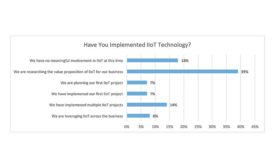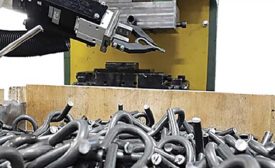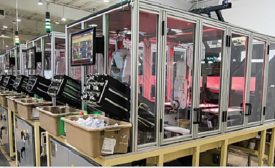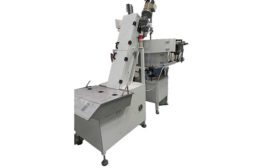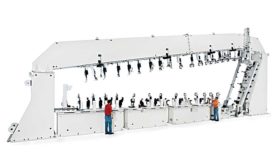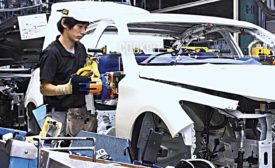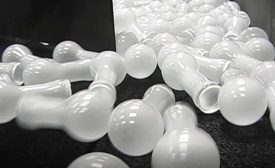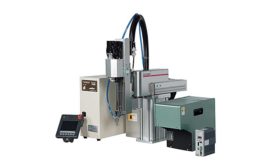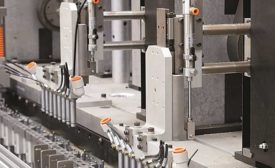Home » assembly systems
Articles Tagged with ''assembly systems''
Our exclusive new survey reveals assemblers’ usage, plans and expectations for the Industrial Internet of Things
Read More
Threaded Fasteners for Plastics Assembly
Here are some tips, tricks and suggestions for using threaded fasteners to assemble plastic parts
April 7, 2020
Alternatives to Pallet-Transfer Conveyors
Need to linearly index parts and subassemblies with accuracy and repeatability? Consider precision-link conveyors and walking beams
April 3, 2020
Never miss the latest news and trends driving the manufacturing industry
Stay in the know on the latest assembly trends.
JOIN TODAY!Copyright ©2024. All Rights Reserved BNP Media.
Design, CMS, Hosting & Web Development :: ePublishing
